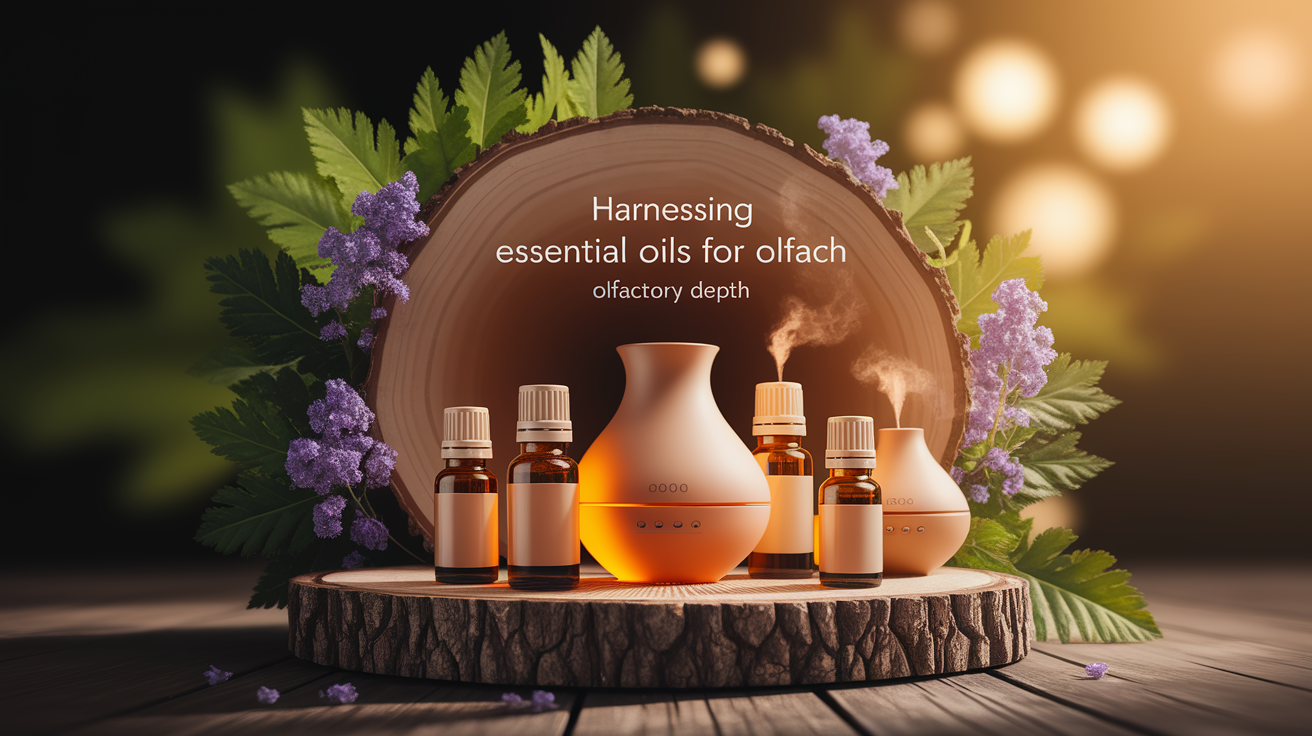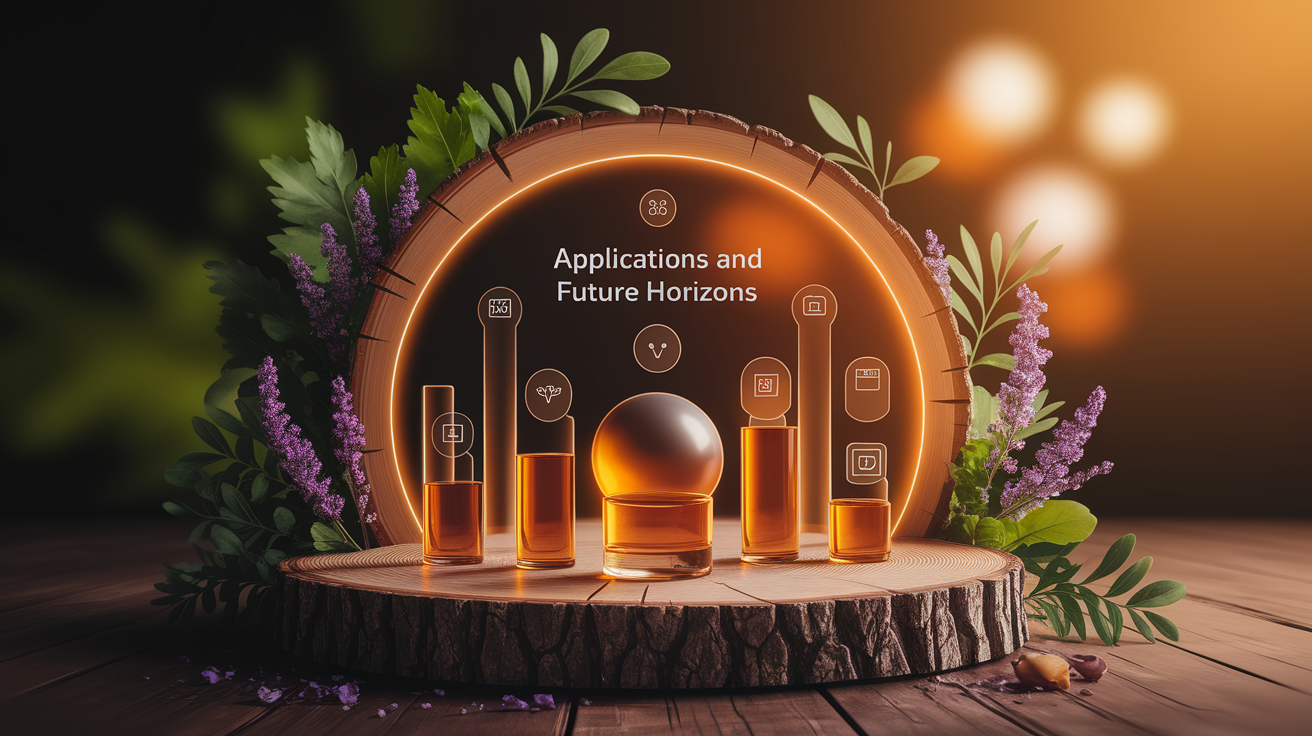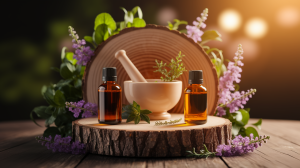Sneak a Sniff – Designing VR Scents with Essential Oils
There’s something magical about that moment when scent suddenly changes the way you feel about a space—virtual or real. It’s like stepping into a room and catching a whiff of fresh pine and instantly picturing a snowy forest, even if you’re on your couch. In virtual reality, that’s a game-changer. The beauty of working with essential oils in VR is their natural complexity; they don’t just smell “like lavender” or “like citrus.” They tell entire sensory stories, pulling you deeper into the scene you see through the headset. With strategic scent selection for VR, you can guide emotions, awaken memories, and build worlds that feel palpably alive.

Harnessing Essential Oils for Olfactory Depth
Essential oils bring layers of aromatic depth that synthetic scents often can’t match. A well-crafted blend of sweet orange and frankincense can feel like stepping into a bustling market at sunset, while peppermint and eucalyptus might set the tone for a high-energy mountain climb in a simulation. This isn’t just about smelling pretty—it’s about targeted sensory enhancement. Pleasant scents can boost a user’s sense of presence, while naturally grounding aromas help them feel secure. In immersive aromatherapy experiences, designers often tap into the neurological link between smell and memory to anchor the user’s emotions to the virtual setting.

It’s easy to underestimate how complex these oils can be; a single drop might hold hundreds of aromatic compounds, each catching the nose in a slightly different way. The trick is blending for realism without overpowering, allowing the scent to sit gently in the background until the moment it’s meant to shine.
Scent Delivery Technologies in VR
Once you’ve nailed your blend, you need to get it into the user’s nose at just the right moment. This is where olfactory technology steps in. Compact scent generators, micro-nebulizers, and even modular aroma pumps can integrate directly into a VR headset scent diffusion system. Devices like OVR Technology’s OX1 emit those controlled bursts of fragrance right when the virtual environment calls for it—think a breeze carrying the scent of rain as you walk through a digital forest.

The most advanced systems use dynamic scent programming that adjusts for factors like user proximity, wind direction, or even environmental changes inside the simulation. This ensures scents arrive naturally, synchronized with visuals and sound, so they feel like part of the moment rather than a distraction.
Best Practices for Essential Oil Scent Design
- Blend for authenticity: Aim for scents that match the texture of the virtual space, using primary and supporting notes for depth.
- Control intensity: Too much can overwhelm; too little won’t be noticed. Match intensity to the scene’s emotional tone.
- Mind volatility: Citrus oils fade fast; resinous oils linger longer. Plan accordingly for moment-specific scent cues.
- Prioritize safety: Use only oils that are skin and inhalation-safe in low concentrations for VR scent diffusion systems.
- Test with real users: Their feedback will reveal whether your aromatic storytelling truly enhances the experience.
Applications and Future Horizons
Scent-enabled VR is finding its way into gaming, virtual tourism, education, and even therapy. Imagine a fear-of-flying treatment where the scent of airplane cabin air is part of the gradual exposure process—or a brain-training simulation that uses rosemary to boost mental sharpness. In virtual tours, a whiff of ocean breeze can make a seaside locale feel more real, while in gaming, smoky, woody notes can add tension to a battle scene.

Looking ahead, the future may include AI-driven scent personalization, instant scent synthesis matched to the user’s emotions, and even biometric-driven fragrance algorithms that adjust in real time. The challenge is balancing the technical potential with safety, cost, and ethical considerations. There’s a fine line between enhancing engagement and manipulating mood, and VR scent designers must walk it carefully.
Scenting the Virtual Horizon – Conclusion
The blend of essential oils with olfactory VR technology transforms virtual worlds from something you simply see and hear into something you can almost touch. Every shift in aroma can tip the brain into new realms of emotion, making the experience more memorable, more vivid, and more human. When done right, scent design isn’t just an add-on—it’s the secret ingredient that makes the virtual feel real.











